5 Ways El Nino Affects Health

Introduction to El Nino and Its Health Impacts
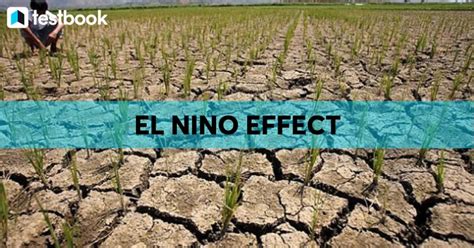
El Nino, a complex weather phenomenon characterized by the warming of sea surface temperatures in the eastern Pacific, has significant effects on global climate patterns. This naturally occurring event can lead to extreme weather conditions, including heavy rainfall, floods, and droughts, in various parts of the world. The impacts of El Nino are not limited to environmental and economic spheres; it also has profound effects on human health. Understanding the relationship between El Nino and health is crucial for developing strategies to mitigate its adverse effects on populations worldwide.
Impact on Respiratory Health
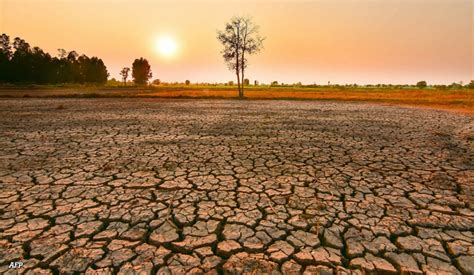
One of the primary ways El Nino affects health is through its impact on respiratory conditions. The altered weather patterns brought about by El Nino, such as increased rainfall and flooding, can lead to an increase in mold growth and dust mites. These allergens can exacerbate conditions like asthma, making it difficult for individuals with respiratory issues to manage their symptoms. Furthermore, the increased particulate matter in the air due to dust storms and wildfires during El Nino events can also irritate the lungs, leading to respiratory problems.
Vector-Borne Diseases
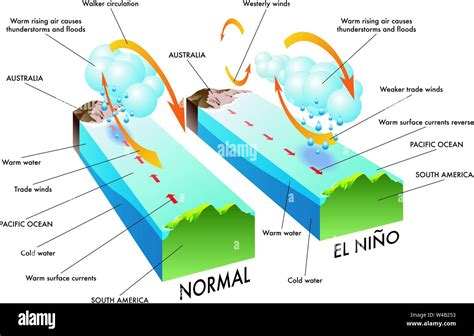
El Nino’s effects on weather patterns also create ideal breeding conditions for mosquitoes and other disease vectors. The heavy rainfall and subsequent flooding can lead to an increase in standing water, which serves as a breeding ground for mosquitoes that transmit diseases like dengue fever, malaria, and zika virus. The increased incidence of these vector-borne diseases poses a significant health risk, especially in areas with inadequate public health infrastructure. It is essential for communities to take preventive measures, such as eliminating standing water around homes and using insecticide-treated bed nets, to reduce the risk of infection.
Mental Health Implications
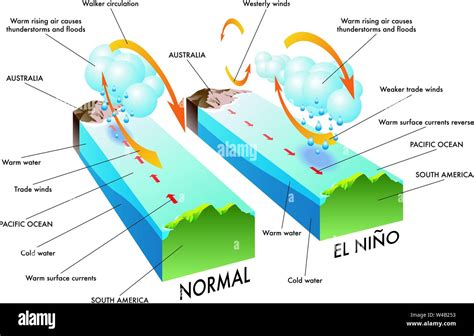
The extreme weather events associated with El Nino, such as floods and droughts, can have a profound impact on mental health. The loss of property, livelihood, and social support networks due to these disasters can lead to increased rates of anxiety, depression, and post-traumatic stress disorder (PTSD). The stress of living through a disaster, coupled with the challenges of recovery, can take a significant toll on mental well-being. It is crucial for affected communities to have access to mental health services and support to help them cope with the psychological impacts of El Nino.
Food and Water Security
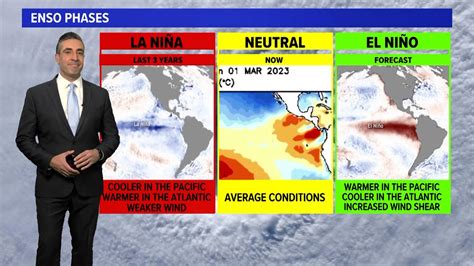
El Nino’s impacts on agriculture and water resources can lead to food and water insecurity, which has significant implications for health. Droughts can result in crop failures, leading to malnutrition and related health issues. On the other hand, floods can contaminate water sources, increasing the risk of waterborne diseases like cholera and typhoid fever. Ensuring access to safe drinking water and nutritious food is essential for maintaining health during El Nino events. Communities can take steps to improve food and water security by implementing irrigation systems, using drought-resistant crop varieties, and treating water before consumption.
Heat-Related Illnesses
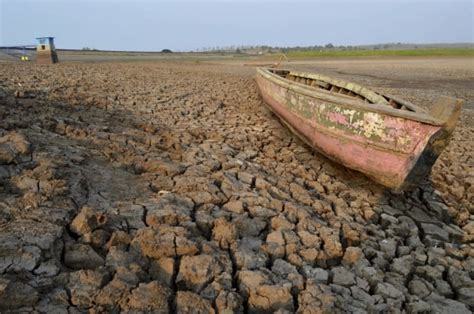
Finally, El Nino’s effects on temperature can lead to an increase in heat-related illnesses. The warmer temperatures associated with El Nino can cause heat exhaustion and heat stroke, particularly among vulnerable populations like the elderly and young children. It is essential for individuals to stay hydrated, stay indoors during the hottest part of the day, and wear light, loose clothing to reduce the risk of heat-related illnesses. Communities can also implement heat wave warning systems and provide cooling centers to help mitigate the effects of extreme heat.
🌡 Note: Understanding the local impacts of El Nino and taking preventive measures can significantly reduce the risk of heat-related illnesses and other health issues associated with this phenomenon.
In summary, El Nino has far-reaching impacts on health, from exacerbating respiratory conditions and increasing the incidence of vector-borne diseases, to affecting mental health and food and water security, and finally, leading to heat-related illnesses. By understanding these impacts and taking proactive steps, communities can better prepare for and respond to the health challenges posed by El Nino, ultimately reducing its adverse effects on human health.
What is the most significant health impact of El Nino?
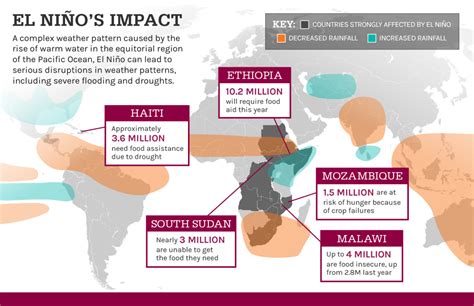
+
The most significant health impact of El Nino varies by region but often includes the increased incidence of vector-borne diseases due to altered weather patterns.
How can communities prepare for the health impacts of El Nino?
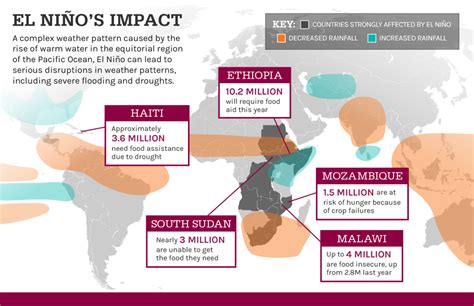
+
Communities can prepare by implementing public health measures such as disease surveillance, improving water treatment facilities, and conducting public awareness campaigns about preventive measures against heat-related illnesses and vector-borne diseases.
What role does climate change play in the health impacts of El Nino?
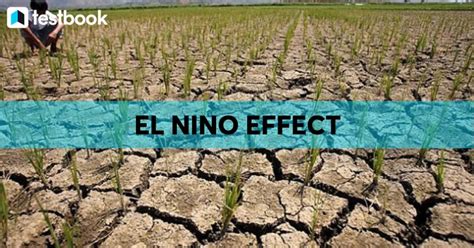
+
Climate change can exacerbate the health impacts of El Nino by increasing the frequency and severity of extreme weather events. Understanding and addressing climate change is crucial for mitigating the health effects of El Nino.
Related Terms:
- Negative effects of El Ni o
- What is El Ni o
- El Ni o positive effects
- El Ni o effects
- Is El Ni o real
- why is el nino bad



